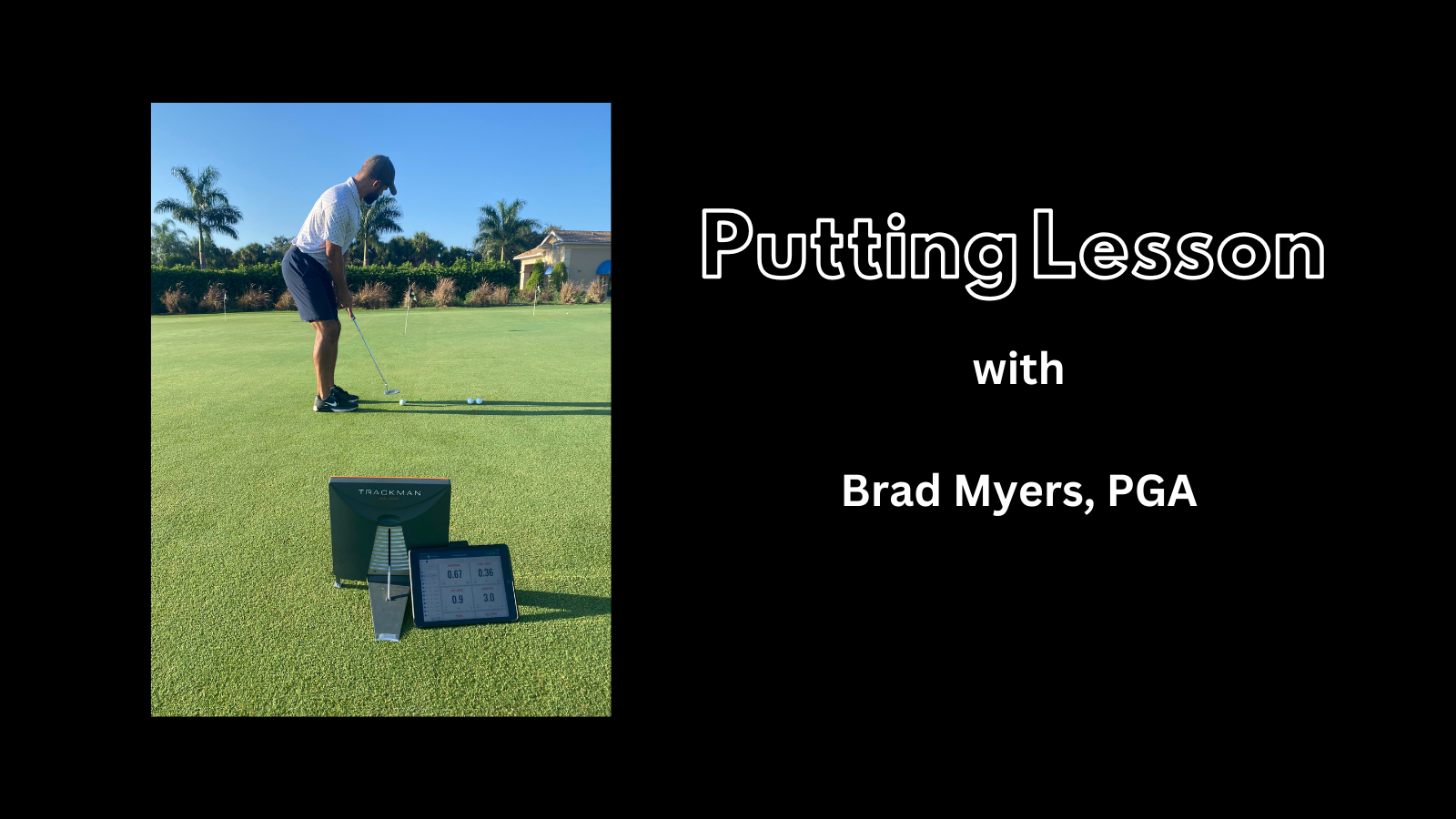When it comes to your practice, you are confused. Am, I right?
It sure would be nice to have a great weekly golf practice schedule that allows you to monitor what works for you and what does not work for you to hit the ball better.
Let’s get right to it. Here are the nine easy ways to improve your weekly golf practice schedule…
1. Determine Your Golf Practice Schedule Per Your Overall Golf Goals
You can create all of the practice plans or weekly golf practice schedules that you want to create. However, if you do not know what you want to accomplish with your playing skills, it will be difficult.
Obviously, if you are playing only once a month, your goals are going to be different than someone trying to play the game for a living. Either way, you should have a weekly practice schedule with goals and a golf practice plan to ensure you are on the right path.
If you are not sure what you want to accomplish playing the game or need help setting your goals, we have written another post to help you do that… click here to read.
2. Set The Days Of Your Weekly Schedule
Now that you have determined your golfing goals, you can now set your practice schedule for the week.
 You will need to get an idea of how much time you will need to devote to bettering your skills. Does this golf practice schedule need to look like working one day a week, three days a week, or more for you?
You will need to get an idea of how much time you will need to devote to bettering your skills. Does this golf practice schedule need to look like working one day a week, three days a week, or more for you?
When it comes to discussing goals with a player on the practice tee, many times the goals are simply unrealistic for the amount of time they have to devote to the game. This is ok… but… we need to be reasonable or realistic.
Setting small goals that are attainable that you can break down into even smaller chunks is important to growing confidence and determining future success.
3. What To Work On With Your Schedule
Most golfers get to think that they have a good idea of what they need to work on to improve their scores. However, it seems to be the same ball-beating session after another. Then… when it comes time for their lessons, they end up thinking they need to work on their driver.
If you are currently taking instruction, your teacher/coach should be giving you a plan to work on in the time between your lessons. If not, you should ask them how they prefer you to practice until your next session.
You should have been keeping stats on your game. If not, you should take the time to gather some data on the course. I would suggest you get to keep more of the strokes gained type of statistics as opposed to the traditional green hit in regulation or number of putts per round.
Even if you have only one hour, you should spend time on all three main areas of the game, full swing, short game, and putting.
Some of the very high-level players will even schedule exactly how many minutes they ate going to spend on each task of three areas of the game. So how do you break up your time?
4. Golf Practice: Learning A Motor Skill
Although most of what you watch or read promise huge improvements in one session after watching their video or reading their article. Although it sounds great that is just not how it works.
Learning how to swing a club to hit a ball is like learning any other motor skill, like walking. Watching a child learn how to walk is a lot like how your learning how to play golf will happen. It does not happen all at once.
One day, the little one will take two steps forward and then fall down. They will get up and try it again. This time making it six steps before falling down. In the third attempt, they may only make it two steps again.
Like your learning your swing, learning to walk for the child is not linear. This simply means that the next attempt does not insure that they will take at least one more step than the time before.
In this game, just because you shoot a certain score one day does not mean that you get to shoot a better score in your next round. The idea is to get your scores trending downward.
5. How To Break Up Your Schedule
My golfers have had long-term success with breaking up their practice routine into thirds. With working on full swing, chipping/pitching with wedges, and putting, it makes sense to break your time into thirds.
If you have three hours a week to practice, you may want to name each day and work on your swing for one hour on Day 1, chipping/pitching for an hour on Day 2, and Putting for an hour on Day 3.
If you need a one-hour practice plan then you would have 20 minutes for your swing, 20 minutes for chipping/pitching, and 20 minutes for putting.
6. Set Up Your Work Station
Often, I see golfers come to the driving range or the practice green without a plan and just make a few swings or stroke a few putts.
If you plan to work on your full swing, take a break to think about how you can best set up your hitting station. What would you need to make it comfortable for your session? Depending on the time of year, this can sometimes be difficult, haha.
With that being said, what do you need to properly set up a hitting station? Some alignment rods? Do you need to set up training aid(s) to help you? What is going to get you focused? Do you have water with you to stay hydrated?
7. Block Practice Vs. Random Practice
Most players when they come to me do not know the difference between block practice and random practice. Both of these types of practice are important to play the game better.
For a golfer to gain a full understanding of what block practice and random practice is… read a past article that we have written… Click here to read
The dime tour would tell you that block practice is basically doing the same thing over and over.
For example, a golfer taking a basket of practice balls and after warming up hitting the rest of the basket with a seven iron, to the same target with the same swing thought, this is block practice.
The random practice would consist of changing variables. This makes it more like playing the real game of golf. For example, you could use a seven iron but swing it towards different targets.
Another example would have you “playing” a hole while on the range. Visualize a hole that you want to play. What would you take-off of the tee? Swing that club. Take a break like getting to your next shot. Visualize where you would be after that shot and pull the club that you would use from there.
My favorite is to take a three wood, six iron, and a pitching wedge. Start with any one of the three clubs and after making a swing at a ball, you cannot hit the same golf club twice in a row.
In addition, do not use the same pattern of clubs. Meaning, do not use the three wood, six iron, pitching wedge over in succession over and over. This will make it more like being on the course.
8. Find Your Challenge Point In Your Schedule
Challenge Point Theory was developed by Mark A. Guadagnoli and Timothy D. Lee. Click here to learn more.
How I use this with a golfer is to set an imaginary fairway on the driving range. Depending on their skill level, I will set the “fairway width” with the goal that they can hit seven out of ten in “the fairway.”
The player hits the ten drives. If the player can hit eight or more drives into the made-up fairway, we make the fairway smaller the next time we do the exercise. If they can only hit the fairway six or fewer times out of ten, then we will make the fairway larger the next time we do the exercise.
The goal is to find your “Challenge Point” where the exercise is neither too difficult nor too easy for the player. This would fall on seven out of ten successes.
You can take this theory and challenge yourself in many other ways as well. Get creative and make it a game as you will need to be creative on the course.
9. Golf Practice: Keep Notes
As you make your way through your weekly golf practice schedule, make notes that will be helpful for you in the future. Some things that you may want to denote include in your notes are how you are feeling, what are the thoughts or feelings that are working or not working for you as well as what you learned from your session.
At the beginning of the golf practice, start, by reviewing what you did in your last session.
Keeping a proper golf journal during your weekly golf practice schedule will allow you to monitor your self-talk.
While playing practicing golf and on the course, you must be your own best caddie. If a real caddie talked to themselves the way that you talk to yourself… would you hire you as a caddie?
At the end of your golf practice, take a break and denote the good and bad about what happened but also set a plan or goals for your next session.
If you find yourself needing help with setting up your weekly golf practice schedule in order to develop a golf practice plan to break 100, a golf practice plan to break 90, or a golf practice plan to break 80… Look into the benefits of The Ball Flight Academy online membership. Click here.

Golf Advice For Beginners
Golf advice for beginners is EVERYWHERE! Golfers get “free golf tips” from their friends, family, YouTube, etc. Golf is a game that takes time to learn and can be quite frustrating, but it doesn’t have to be! Below are some

Mental Golf Game
No matter if you are playing the PGA, LPGA or Champions Tour or playing for a flight in the Club Championship, it happens on every single Sunday. Someone has to deal with the pressure and tension of trying to win

Golf Classes For Beginners: 5 Fun Ways To Take Them
For quite a while on social media such as Twitter, Facebook, Tic Toc, etc., I am often asked the question “How can I find golf classes for beginners near me?“ There are a couple of different ways to do it.

Putting Lesson
Imagine… after only a single putting lesson with your golf coach… you no longer have to wonder… “How do I become a better golf putter?” “How do I determine my best putting stroke?” “Should I putt straight back and straight

Putting Drills With Tees
Many of my students ask me to give them fun putting drills with tees that they can use in practice to learn and improve their scores. When practicing putting, many players will mindlessly take three balls to the putting green,
GRAA Top !00 Golf Instructor in the US at The Ball Flight Academy
Brad Myers, PGA started The Ball Flight Academy to further assist his players to reach their golfing goals no matter if they are taking private golf lessons or online golf lessons.
After graduating from New Mexico State University with a degree in Professional Golf Management, Brad has taught at top golf facilities in the United States including the TPC at Sawgrass, Alabama’s Robert Trent Jones Golf Trail, The Woodlands Country Club, and Resort as well as the TPC at The Woodlands.
Brad Myers is currently a golf coach in Sarasota - Bradenton, Florida, and holds multiple certifications from…
- PGA of America in Teaching and Coaching.
- Trackman – Level 2
- Swing Catalyst – Level 2
- Titleist Performance Institute (TPI) – Level 1
- US Kids – Certified Golf Coach
In addition, Brad Myers, PGA is an Amazon Best Selling Author with his first book Golf Shots and Unicorns – Set Up Basics.
- Virtual Golf Lessons - February 9, 2025
- Winter Golf Training: If You Must Go Indoors… - October 1, 2024
- 3 Day Golf School - June 4, 2023

